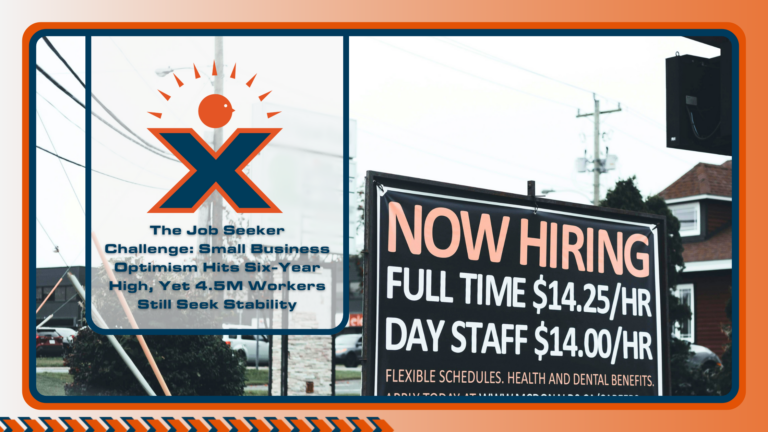Local healthcare teams are facing deeper staffing gaps, heavier caseloads, and new employment uncertainties.
Walk through Land Park or the medical corridors near Curtis Park, and it’s easy to feel the pulse of a healthcare system working overtime. Staffing shortages in these neighborhoods aren’t isolated problems. They are ongoing hurdles affecting everyone from seasoned nurses to newly licensed medical assistants. The growing healthcare staffing gaps are putting real strain on local teams. Shaping not just patient care but daily working conditions across the community.
A Growing Demand That Outpaces Supply
Even with expanded residency programs and financial incentives meant to boost the primary care workforce, the shortage continues to deepen. Reporting from the Los Angeles Times points out that rural and underserved pockets near Southside Park remain especially affected. Many new medical graduates are still favoring specialized fields over primary care, making healthcare staffing gaps even harder to fill.
Burnout plays a major role. Many providers in the Sacramento region are retiring faster than new workers can take their place. This strain increases wait times for care and raises the demands placed on every member of a healthcare team, from front-desk staff to clinical nurses.
Shifts in Healthcare Employment Status Create New Uncertainty
Employment classifications are changing too, adding to the complexity. A recent California court ruling shared by JD Supra determined that many gig economy workers have been misclassified. A large percentage should be classified as employees rather than contractors. While not specific to healthcare, the effects ripple into sectors like per diem nursing and allied health staffing at downtown clinics near Curtis Park.
As staffing models shift, healthcare professionals may see changes to their job benefits, overtime eligibility, and hiring structures. It places another layer of unpredictability onto a system already stretched by healthcare staffing gaps and rising patient needs.
Supply Chain Friction Hits Close to Home
Supply chain issues have added more pressure. The ongoing trade war with China, as reported by Al Jazeera, is expected to drive up the cost of medical supplies. At smaller healthcare centers where resources often run tight, this could mean fewer available roles. You’ll begin to see delays in expanding healthcare teams along the Broadway corridor.
With roughly 70% of active pharmaceutical ingredients sourced from China, sourcing problems hit smaller facilities first. Budget constraints tied to supply costs make it harder for these locations to close staffing gaps and keep up with patient demand.
Pressures That Build on Each Other
Provider shortages, employment law shifts, and supply chain friction might seem separate, but together they are creating heavier burdens on healthcare teams. Workers across Midtown, Land Park, and Curtis Park are navigating heavier caseloads, legal gray areas, and tighter resource pools all at once. These overlapping pressures are reshaping what day-to-day life looks like inside clinics, outpatient centers, and hospitals.
A Better Future Starts With Real Change
Strengthening Sacramento’s healthcare community starts by addressing the deeper causes behind staffing gaps. That means investing in long-term solutions: sustainable hiring practices, clarity in worker classification, and building supply systems that support growth instead of limiting it. Healthcare workers in Curtis Park and beyond deserve not just a patchwork of quick fixes but workplaces that help them thrive long-term.
Looking for your next job opportunity in the Sacramento area? Explore rewarding careers at NEXTAFF in Sacramento, CA. Find the perfect fit for your skills and aspirations. Learn More About Candidate Services today!












